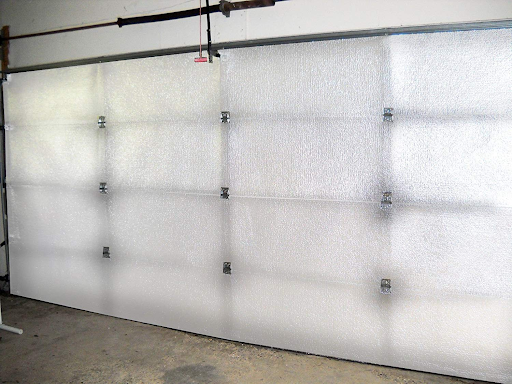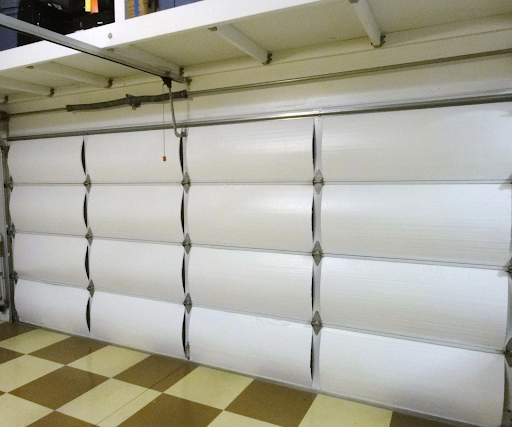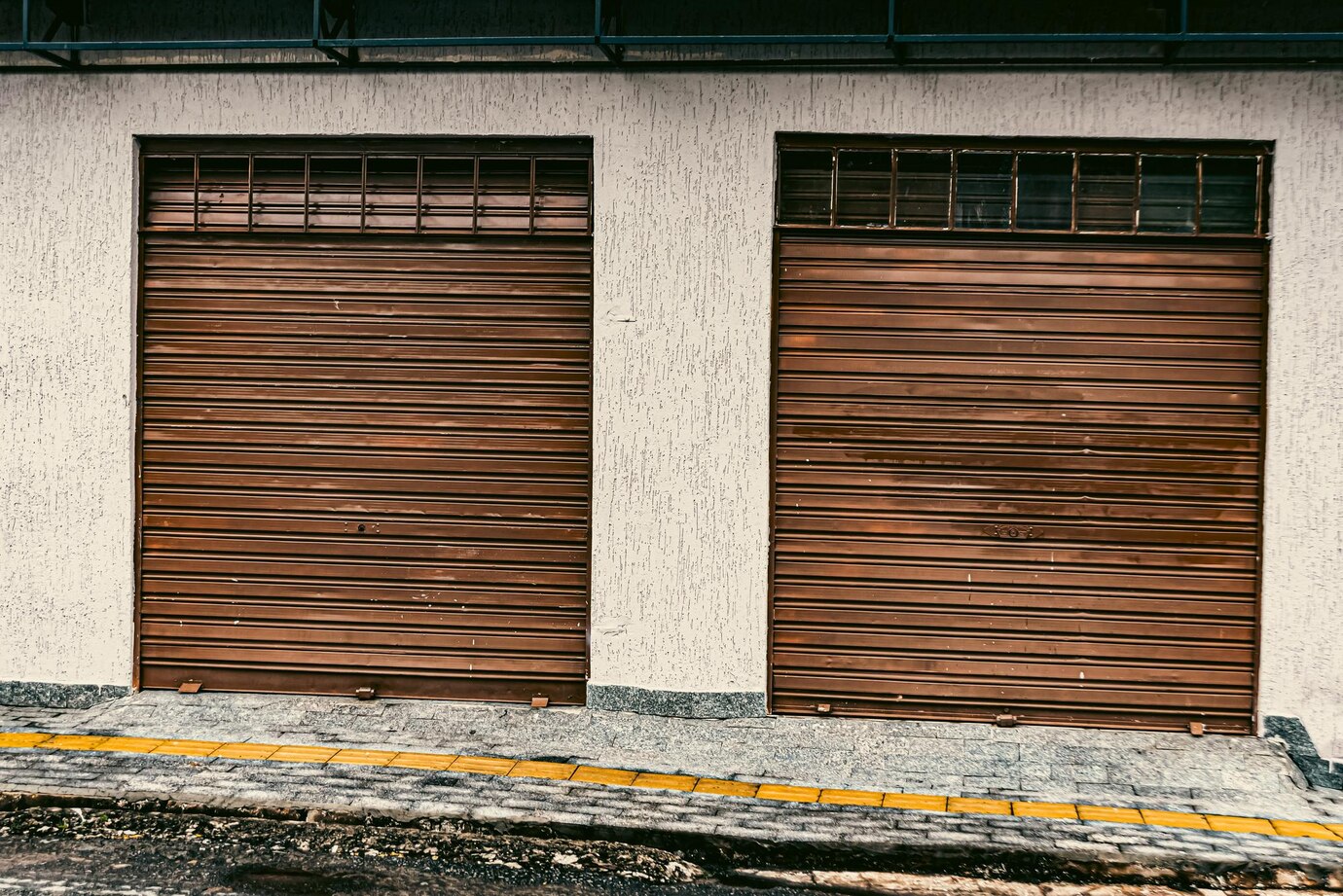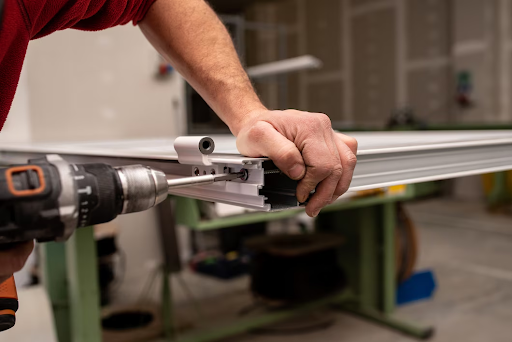Sectional vs. Roll-Up Garage Doors: Which One is Right for You?
Choosing the right type of garage doors can feel overwhelming. With so many options available, how do you decide? Two popular choices are sectional and roll-up garage doors. Each has unique features and benefits, suitable for different needs and preferences.
Whether you’re looking for functionality, aesthetics, or energy efficiency, you need to know about these two types to make an informed decision. Let’s talk more about sectional vs. roll-up garage doors.
Sectional Garage Doors
Sectional garage doors are composed of several horizontal panels, connected by hinges. When opened, these panels slide up and tuck neatly beneath the ceiling. This design makes them popular for homeowners who want both style and practicality.
One of the key advantages of sectional doors is their versatility in design. They come in various materials, colors, and finishes to complement any home exterior. Whether you prefer a rustic wooden look or sleek metal, there’s something for everyone.

Additionally, sectional garage doors offer excellent insulation properties. Many models feature insulated sections that help regulate temperature inside your garage. This can lead to energy savings in colder months while keeping your belongings safe from extreme temperatures in Norton, MA.
Maintenance is generally straightforward as well. Regular cleaning and occasional lubrication keep them running smoothly without needing extensive repairs or service calls.
Roll-Up Garage Doors
Roll-up doors, also known as overhead garage doors, are a good choice for homeowners who want a combination of functionality and convenience. These doors operate by lifting upward, creating an opening without consuming floor space.
One of their key features is the variety of materials. From rolling steel doors to wood, options cater to different aesthetic preferences and budgets. This versatility allows you to blend the door with your home’s design and pay only what you can afford.
Another advantage is their ease of use. Modern overhead doors come equipped with automatic openers, which makes the access effortless even when your hands are full.
Maintenance is also relatively easy. Regular lubrications and inspections can keep them functioning smoothly over time.
If security is a priority for you, many models offer advanced locking mechanisms that bolster safety against intruders. With so many benefits packed into one system, it’s easy to see why overhead doors are a great solution for both commercial and residential garages.
Main Differences
Let’s list some differences between sectional vs. roll-up garage doors.
- Design;
- Operating mechanism;
- Usage;
- Materials.
The design stands out as a major difference when comparing sectional and roll-up garage doors. Sectional doors consist of several panels that hinge together, allowing them to bend as they open. On the other hand, roll-up doors operate on a different mechanism. They coil around a drum at the top when opened, which saves overhead space and offers a nice appearance for tight areas.
Another key distinction is their intended use. Sectional doors are often favored in residential settings due to their versatility in styles and finishes. Roll-up options tend to be more common in commercial garages, where durability and frequent use are essential.
The materials can also vary significantly between these two types of doors. While both can offer insulation features, each has unique strengths suited to specific needs and preferences.
Now, let’s see some more things you need to consider.
Performance
Performance is quite an important factor when choosing between sectional and rolling doors. Each type has its strengths tailored to different needs.
Sectional garage doors typically offer smoother operation thanks to their multiple panels, which bend as they open. This design allows for better space management, particularly in low-ceiling garages.
Roll-up doors, on the other hand, are known for their robustness. They consist of a single continuous sheet that rolls up into a coil above the opening. This construction makes them ideal for high-traffic areas or commercial buildings where durability is key.
Both types perform well under various conditions, but your choice may depend on how frequently you use your garage and what you store inside it. If quick access is essential, consider how each option responds to everyday demands before deciding.
Cost
Cost is a key factor when considering garage doors. Sectional doors typically range from $750 to $3,500, depending on size and materials. They offer a variety of styles but can be more expensive due to the complexity of their design.
Conversely, roll-up doors generally start around $500 and can go up to $2,000. Their simpler mechanism often results in lower costs for both the door itself and installation.
However, don’t be fooled by initial expenses alone. Think about long-term value too. A sectional door may have higher upfront costs, but could provide better insulation and durability over time.
When making this decision, consider your budget alongside your specific needs. Every dollar should align with the benefits you expect from your new garage door system.
Installation
Installing sectional garage doors typically requires more space and precision. These doors consist of several panels that hinge together, allowing them to move vertically before curling at the top. This design makes proper alignment an essential part of their performance.
On the other hand, roll-up garage doors come as a single unit that rolls up into a coil when opened. Their installation is usually simpler and quicker compared to sectional models. However, they may need specialized tracks for optimal functionality.

Both types generally require professional help unless you’re handy with tools. Correct installation can prevent future issues like misalignment or mechanical failure.
Consider your skill level and available time when deciding on DIY versus hiring a garage door expert for installation. Proper setup will enhance performance and longevity regardless of your choice between sectional and roll-up options.
Maintenance & Service
Maintaining your garage door is essential for longevity and performance. Sectional doors typically require regular checks on the tracks, rollers, and springs that need to be adjusted. Lubricating these moving parts can prevent wear and tear while ensuring smooth operation.
On the other hand, roll-up doors have fewer components that need frequent attention. Their design minimizes potential points of failure. However, you still want to inspect the motor mechanisms and ensure nothing obstructs their path.
Finally, weatherstripping is another crucial aspect of maintenance for both styles. Proper seals keep out moisture, dust, and pests, which is essential for protecting your vehicle and belongings inside the garage.
Sectional vs. Roll-Up Garage Doors – Which One You Need?
Consider your space and lifestyle when choosing between sectional and roll-up garage doors. Sectional doors open in segments and slide up along tracks. They’re ideal for homes with ample ceiling height.
Roll-up doors are a favorite in commercial settings. They coil tightly at the top, saving valuable ceiling space. This design works well if you need maximum clearance inside the garage.
Think about insulation too. Sectional doors often come insulated, helping keep heat or cool air where it belongs. Roll-ups might lack this feature unless specially designed.
Maintenance is another factor to weigh. Sectionals usually require regular track cleaning and hinge lubrication. Roll-ups tend to be simpler but can suffer from wear on the coiling mechanism over time.
Assess your daily usage as well. Frequent access may lean you towards one style over the other based on convenience and functionality preferences.
And, of course, if you cannot decide on your own, give us a shout. Our garage door technicians are available at all times for a free consultation. We’ll evalue your space, needs, and budget, and suggest the best option available.
 We’re Open & Ready to Serve You!
We’re Open & Ready to Serve You!
Friday, March 28, 2025
Appointments: 8:00 AM – 10:00 PM
 Calls answered by a live expert 24/7!
Calls answered by a live expert 24/7!
Call Now



























 We’re Open & Ready to Serve You!
We’re Open & Ready to Serve You! Calls answered by a live expert 24/7!
Calls answered by a live expert 24/7!



